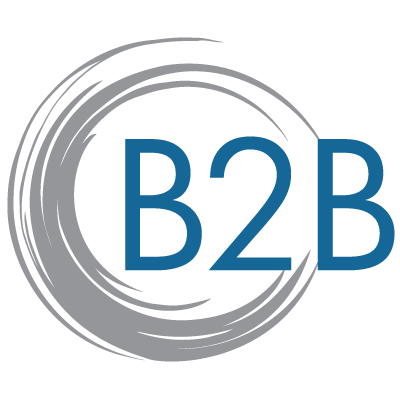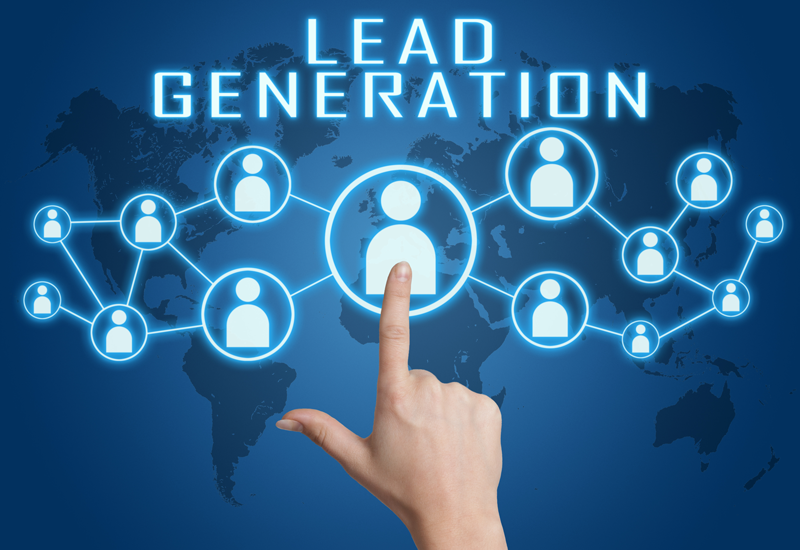5 Steps to B2B Content Engagement Success (Part 2)
B2b content engagement (continued) 
This is the second part of a 2 part blog on B2B content engagement. You can find part 1 here.
3. Make your prospect the hero
If the story you are telling in your marketing content features you as the main protagonist, you’re doing yourself a disservice. Building on the point above, stories enable people to imagine themselves in other scenarios and internalize new ideas or beliefs as their own.
By creating a story that allows your prospect to imagine himself as a hero (e.g. saving the day and earning the boss’s praise for finding the perfect solution for X), you create a major incentive to transact, so he can become that hero he imagined.
- Set up an emotional experience
We’ve written previously on why emotional connection matters more in B2B than in does in B2C. One aspect is that with higher risk sales, people need emotional assurance that things will go well in order to ease their anxieties.
Additionally, “behavioral psychologists have long argued that only 30% of human decisions are actually driven by rational considerations. This means more than 70% of customer loyalty and spending decisions are based on emotional factors.” Because we are so emotionally motivated, anything you can do to create an emotional experience for your readers will keep them more engaged. There are many ways you can facilitate an emotional response in your marketing content—humor, building action to create excitement, ending with a ‘hook’ to keep people coming back for more, etc.
5. Get it out there. Fast.
One of the biggest mistakes B2b companies make in their initial content marketing efforts is thinking that all you have to do to get prospects to engage with you is post content on their website. In terms on engagement, publishing content—like a blog—should merely be the first step in getting the content to your target audience.
Additionally, founder of Moz Rand Fishkin recently wrote that in terms of SEO, “One of the harsh truths of blog-focused SEO is that a few hours after a post is published, 90% of the ranking ability is spent. . . It’s that first burst of activity – of social sharing and people emailing it around and links coming in – that set the stage for ranking success in the search engines.” This means that the quicker you can get your content out and shared on a variety of platforms, the wider the reach your content will have and consequently, the more engagement.
For more tips on creating engaging marketing content, you can read 5 Ways Your B2B Content Marketing Program Can Fail. Feel free to contact us with any questions.






